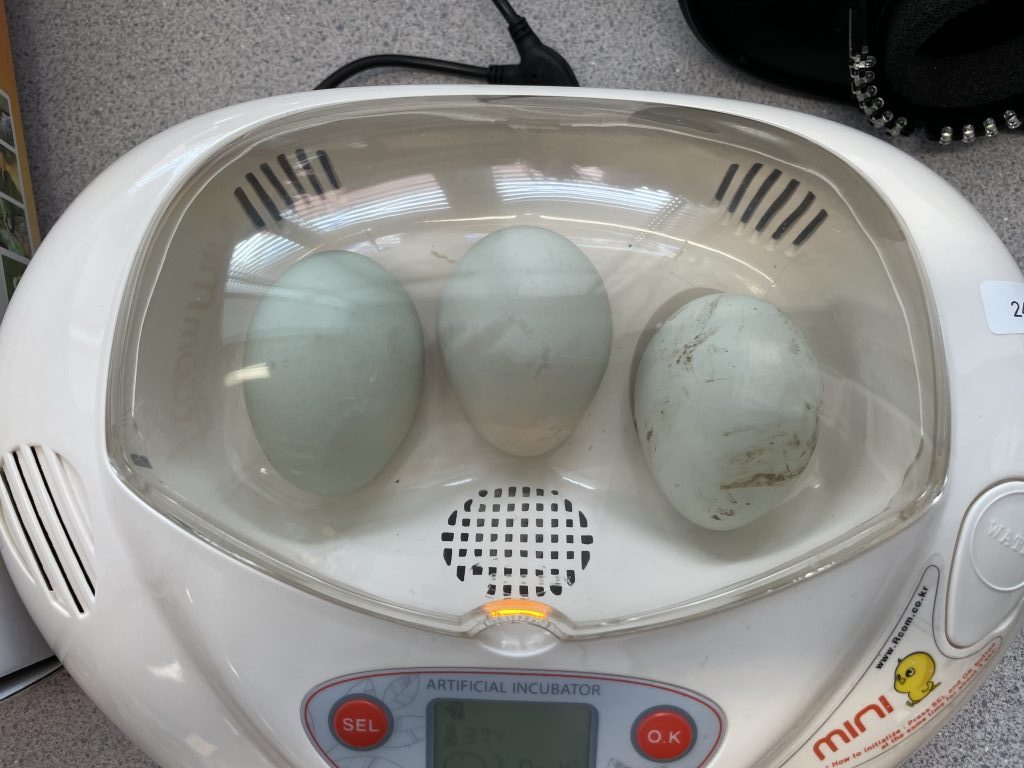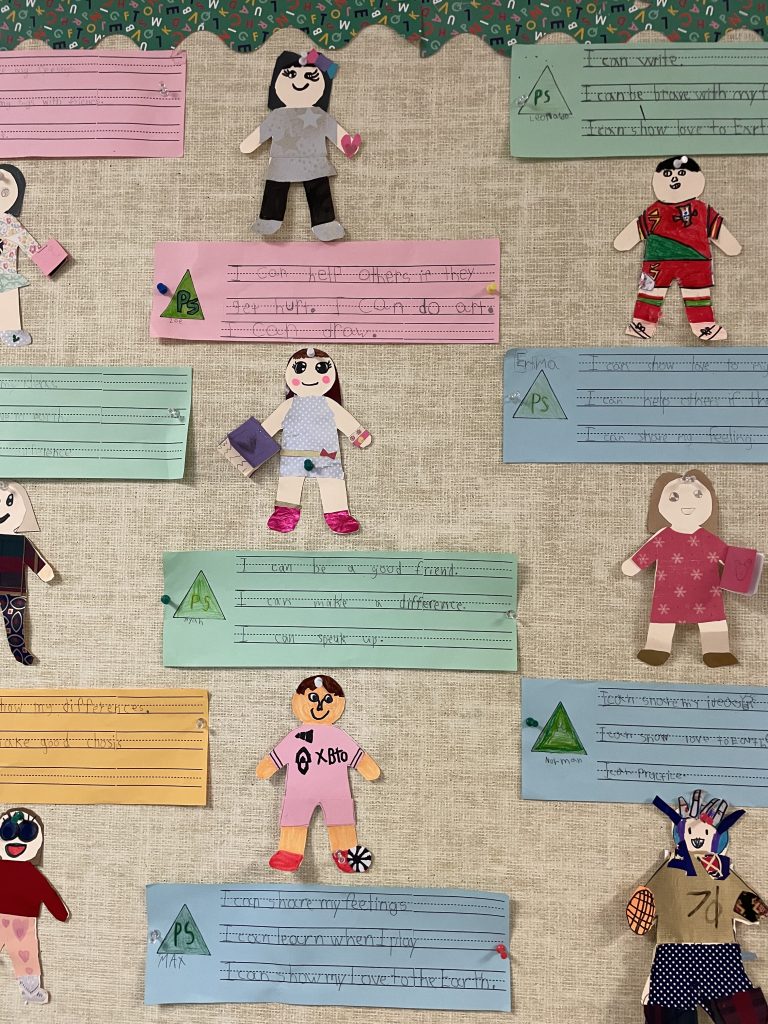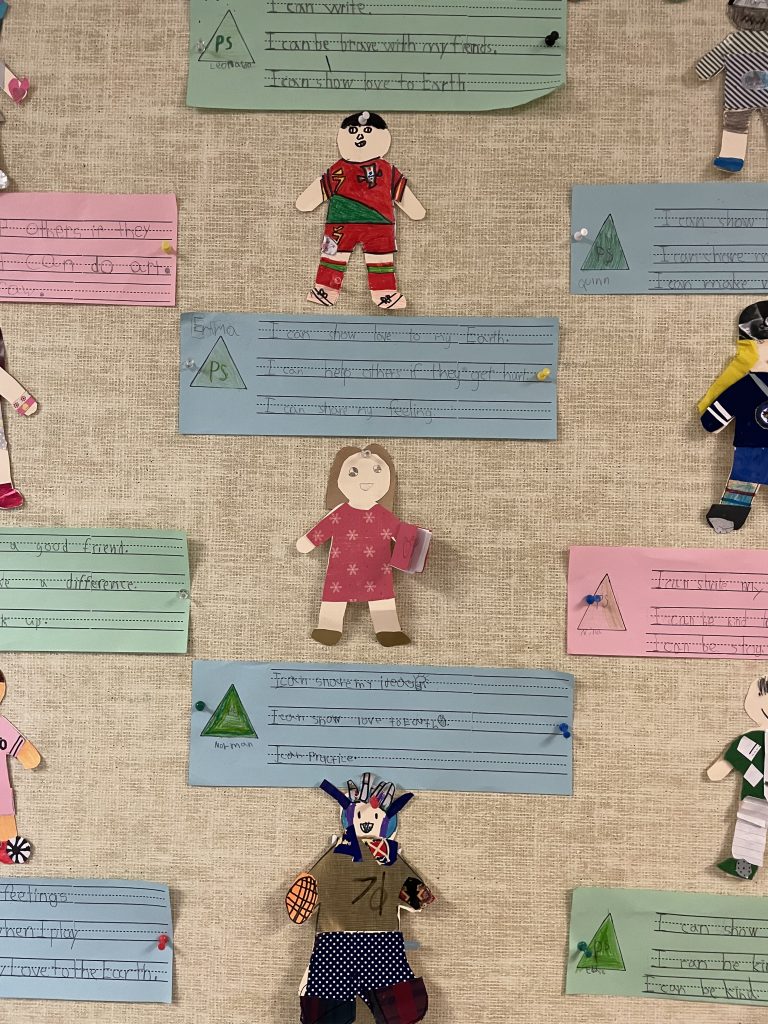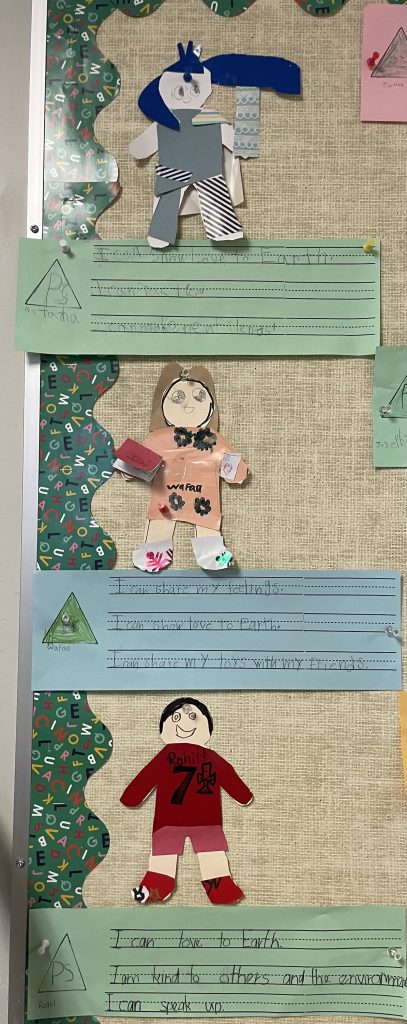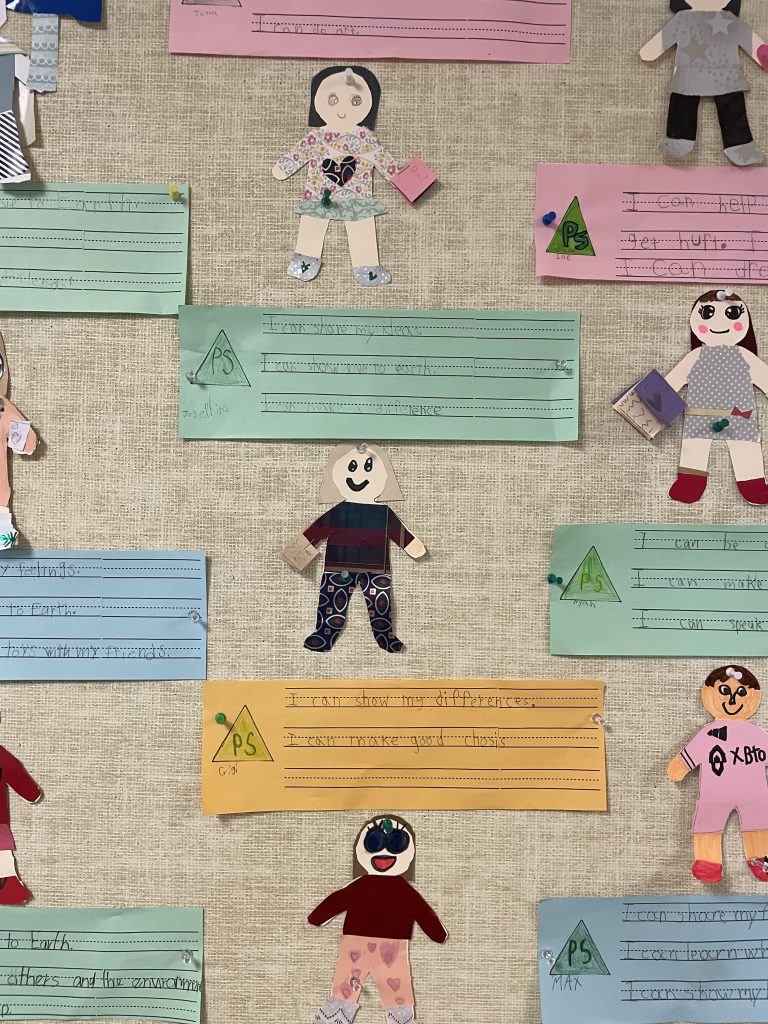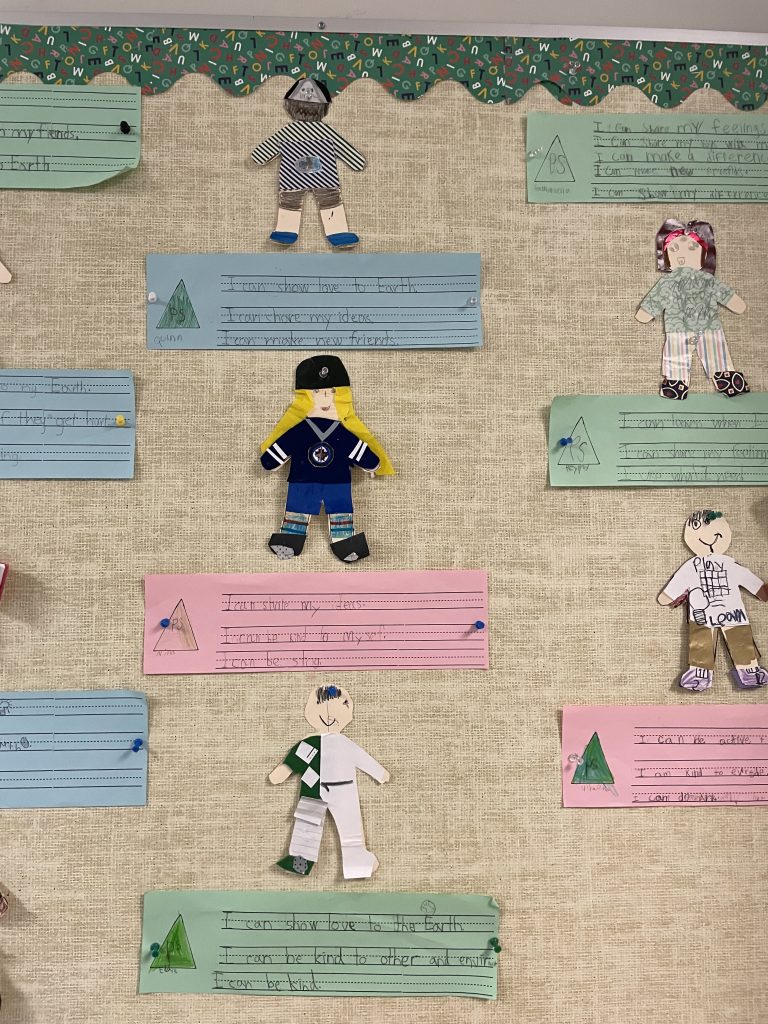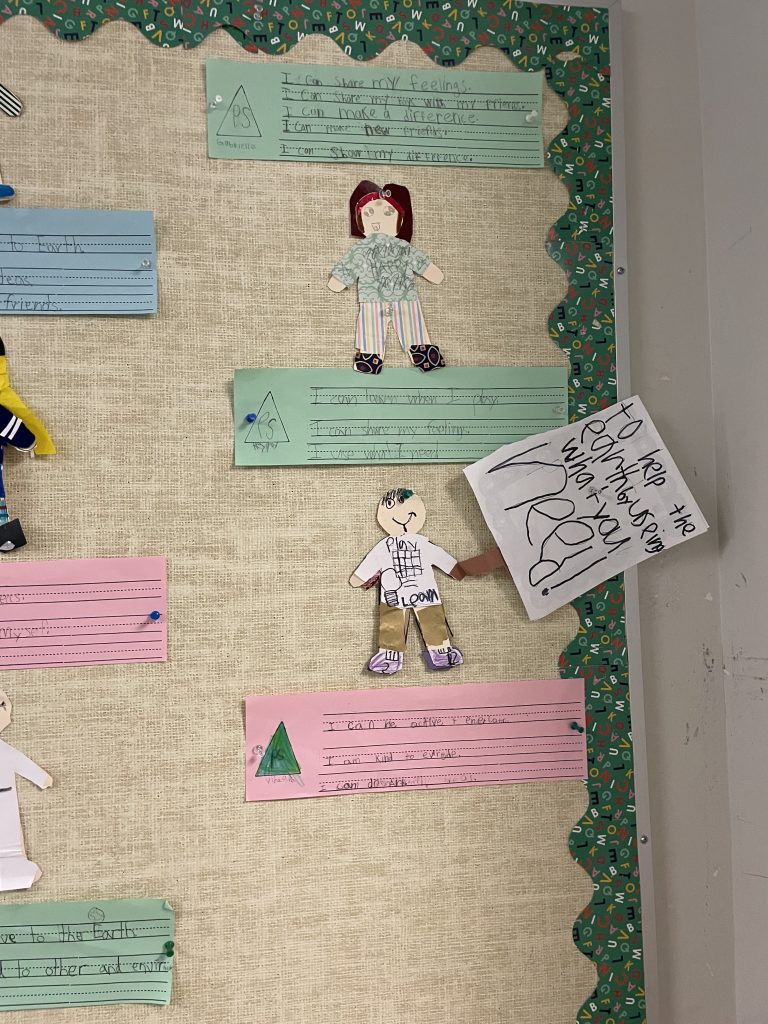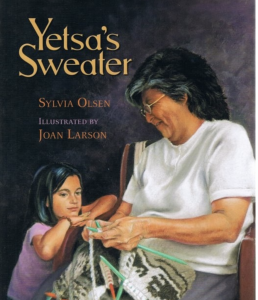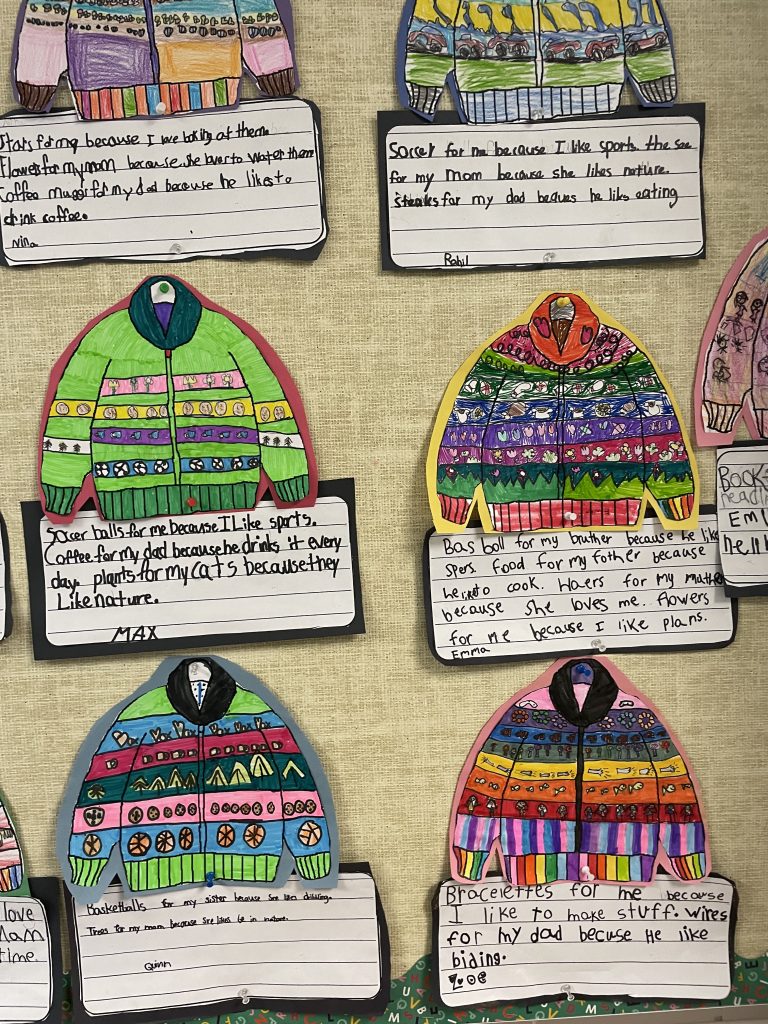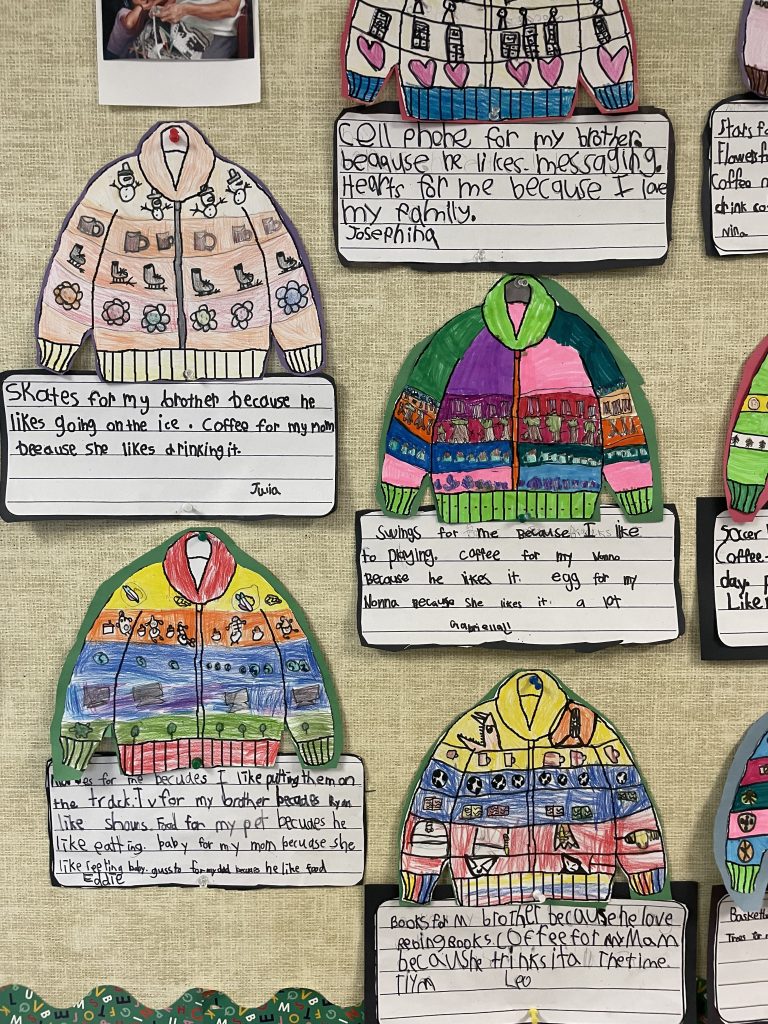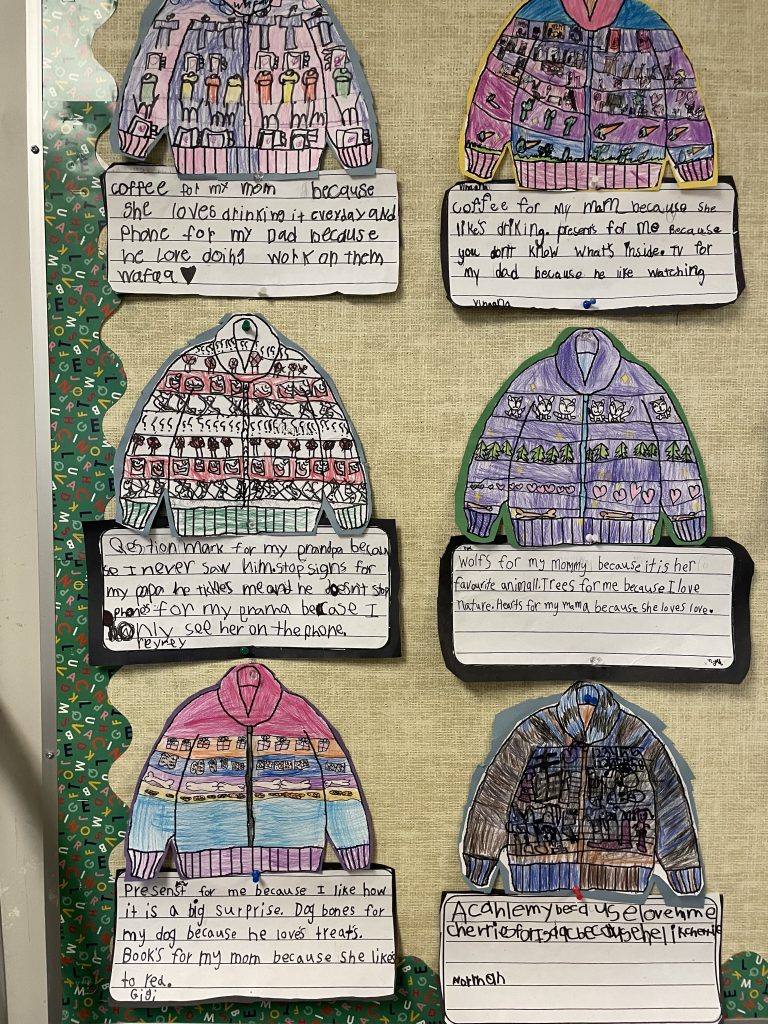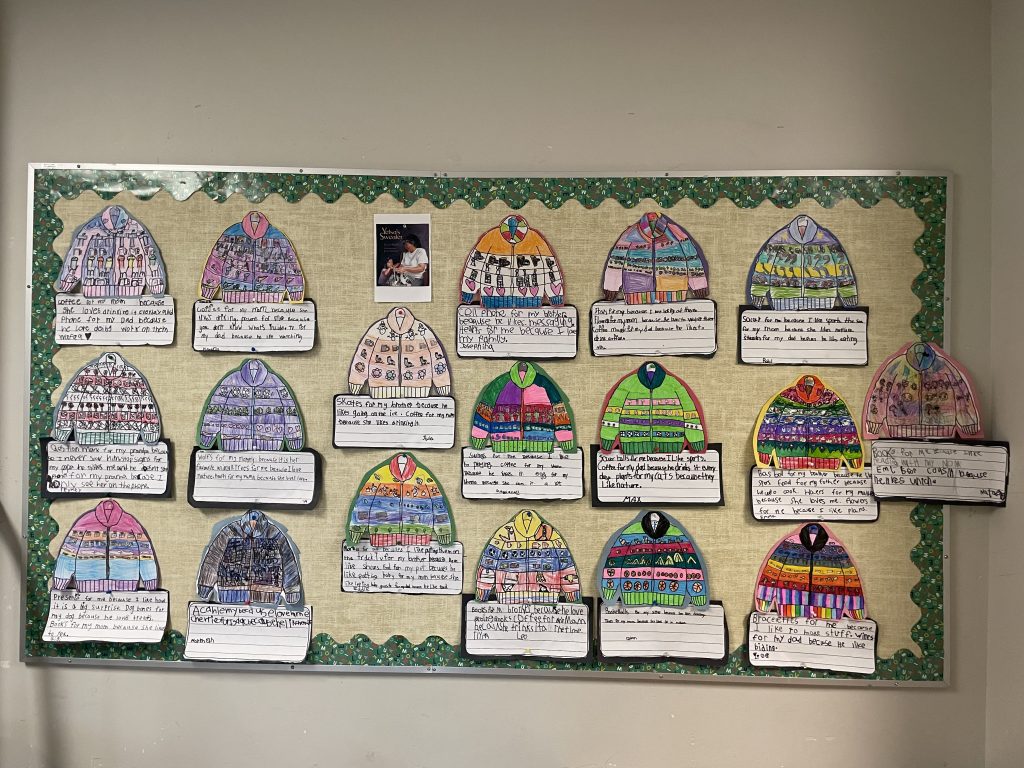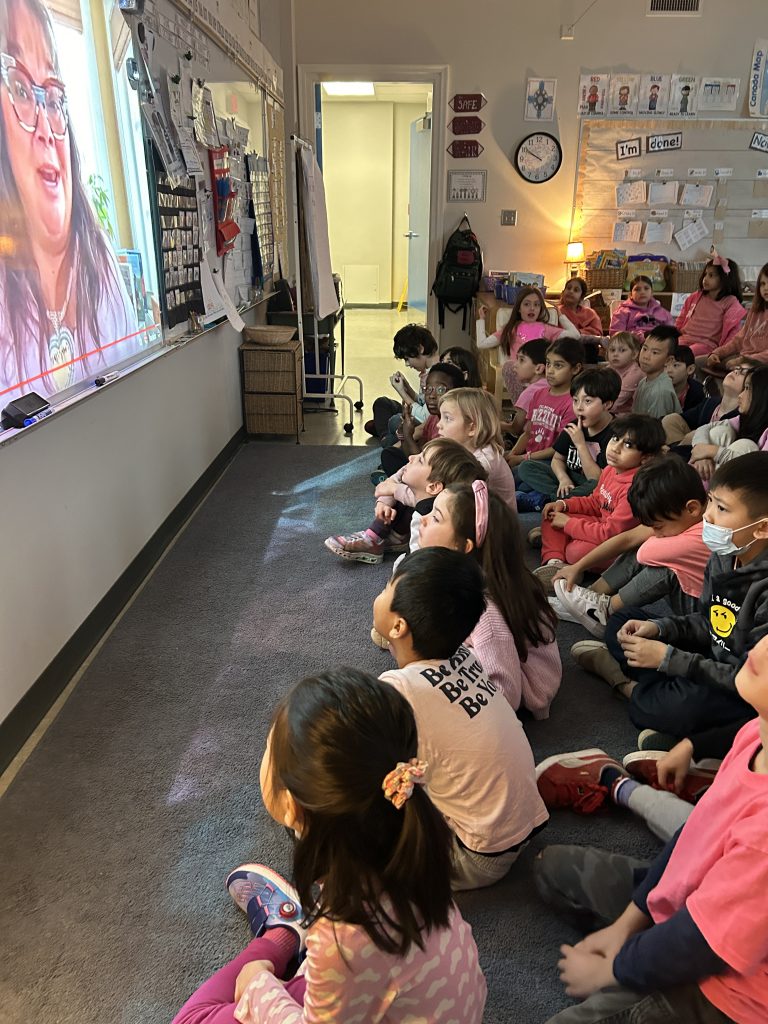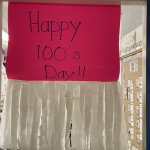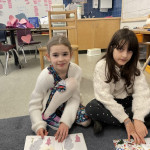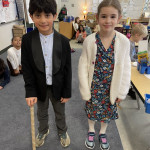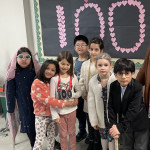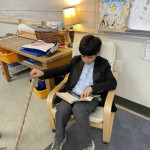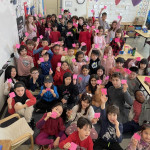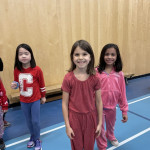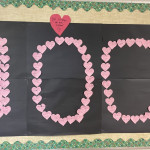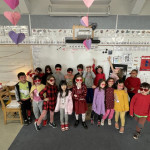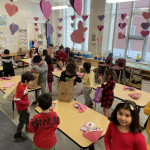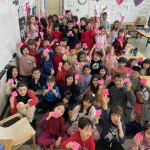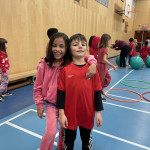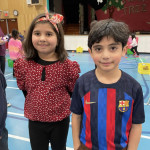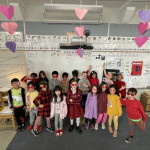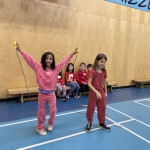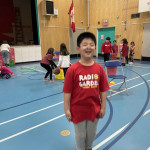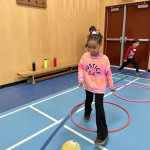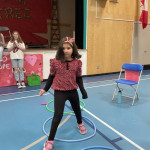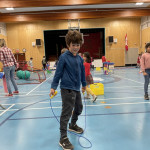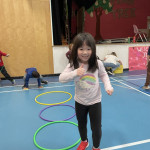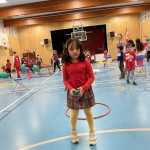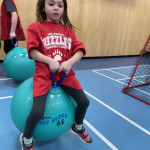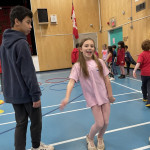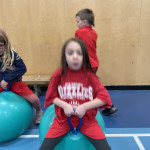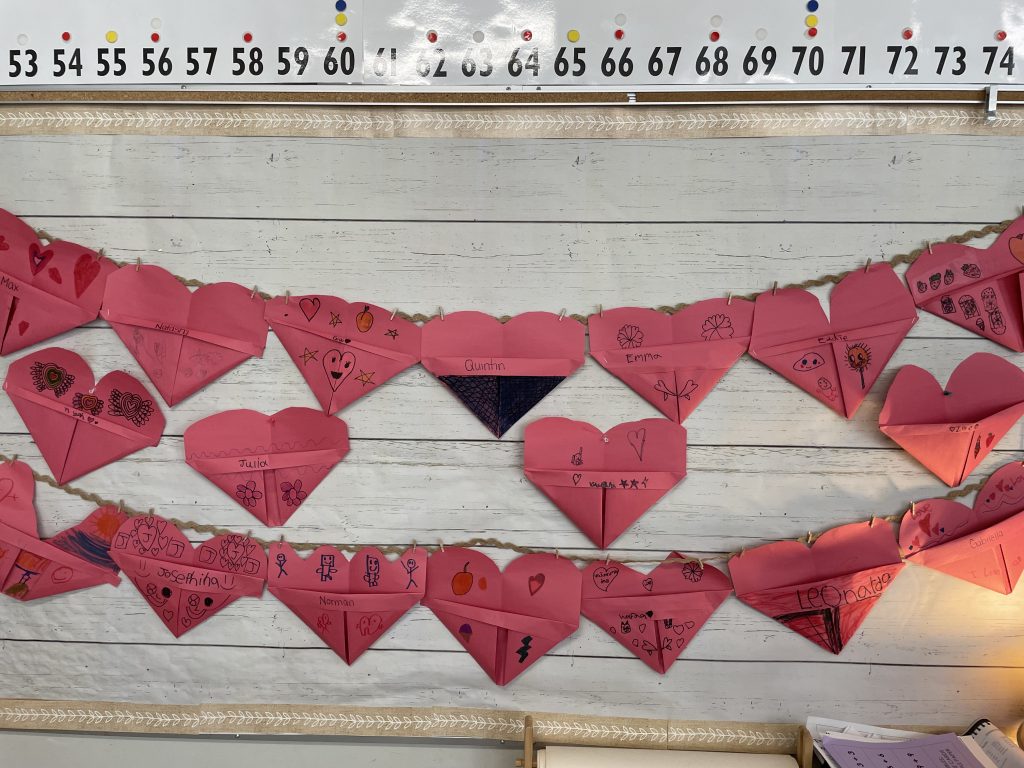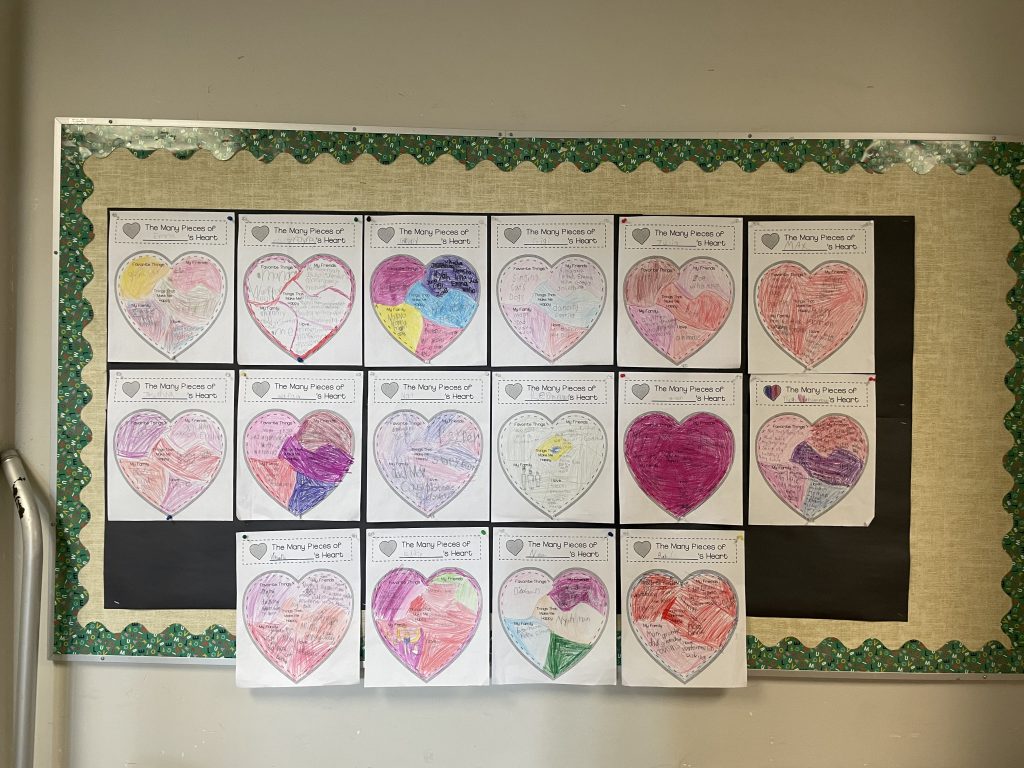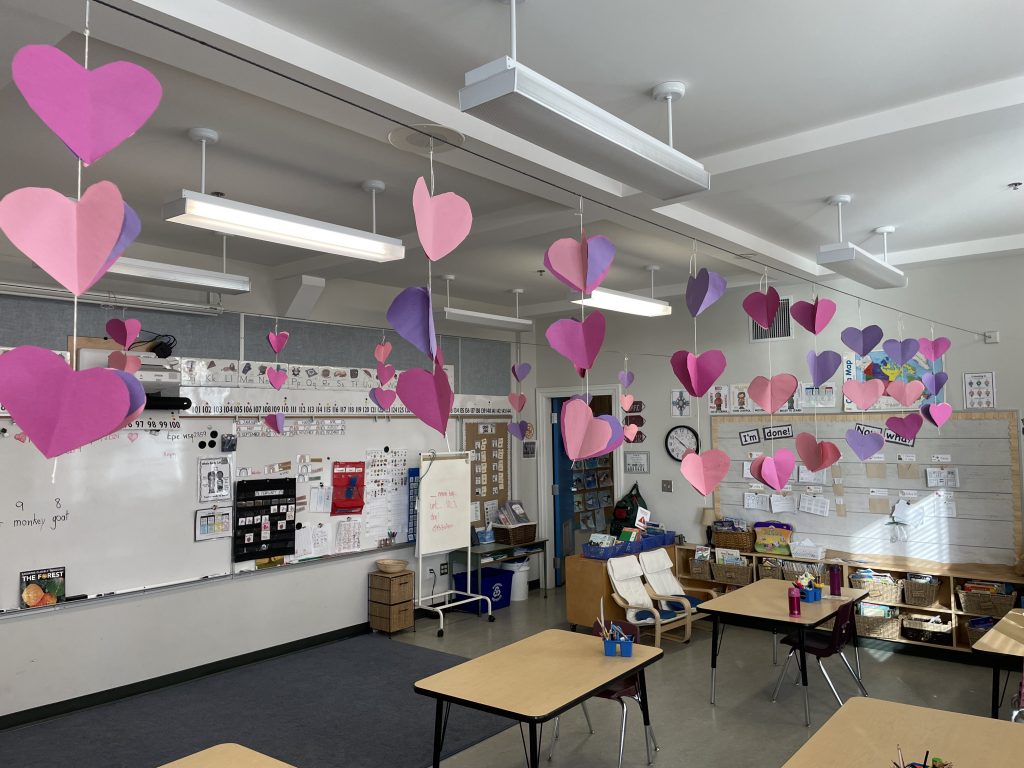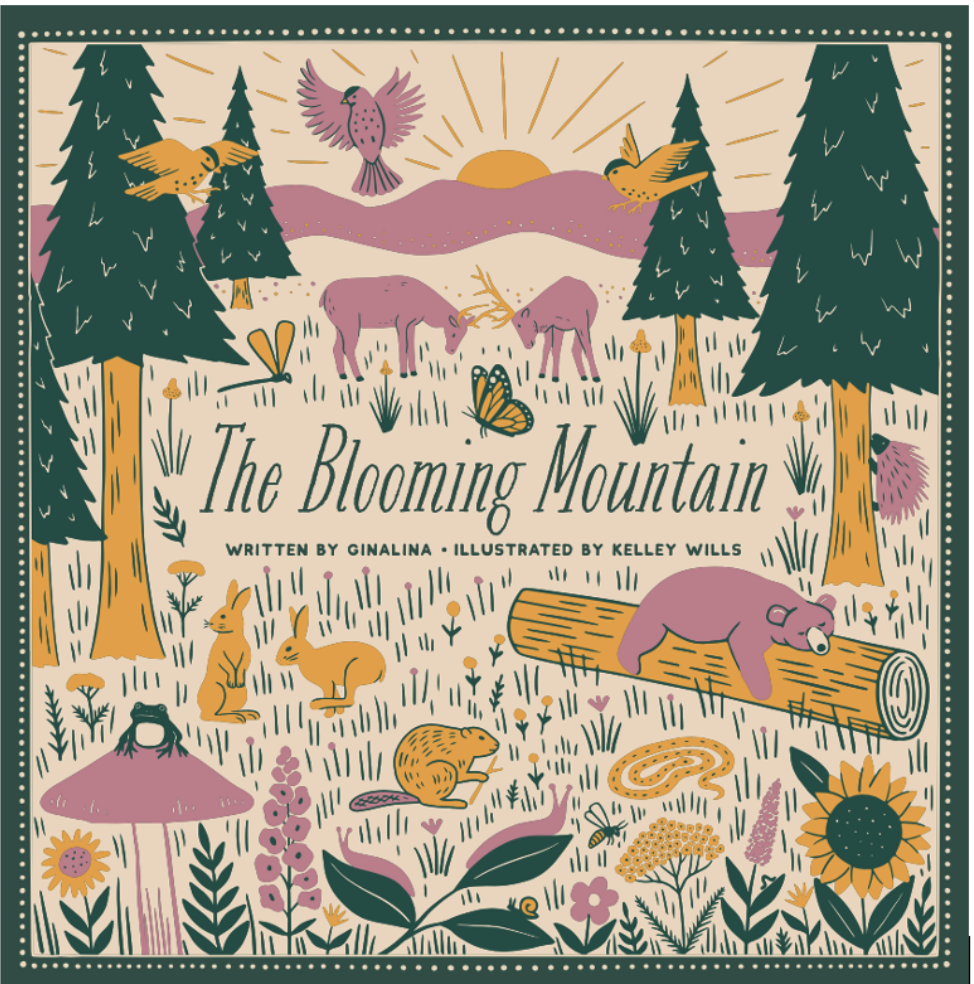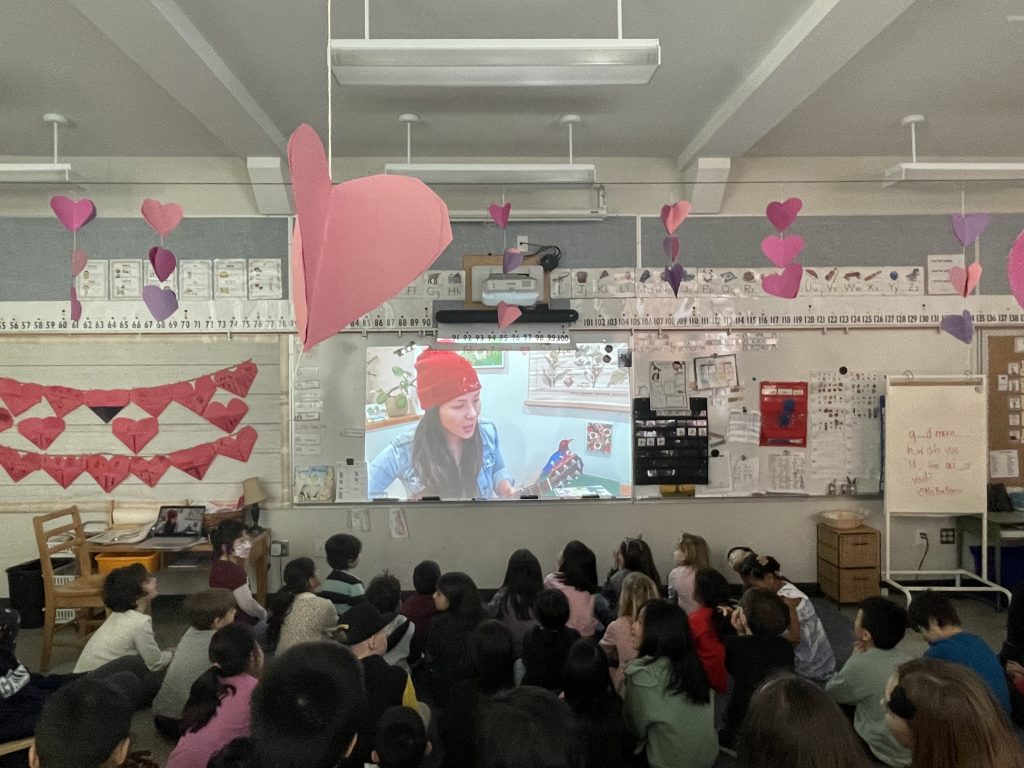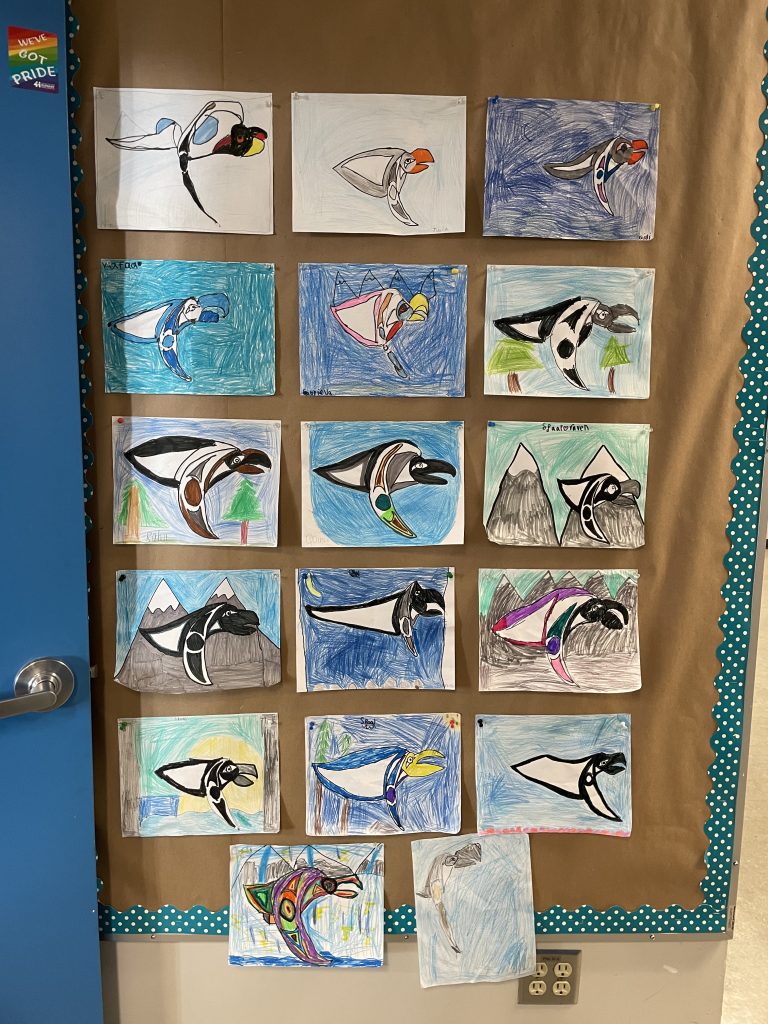This month Gilmore has especially focused on diversity and autism. During the morning announcements we have had information given to us about different disabilities which led to good conversation.
Last week, we read these stories and had a powerful discussion around differences. The first book is about a little girl, Emma who is in a wheelchair and was born with limb difference. The message in this book is that it is ok to ask respectful questions and wonder why she might have these differences, but it is not ok to judge, whisper or talk behind her back. Here is the link to the first book, please watch it again and discuss what we talked about in class.
The second book is about a character who has one leg. Kids would ask him why he only had one leg, but the message in the book is that he didn’t have to answer their questions. In the book when asked “what happened to your other leg?”, he replies “what other leg?”. We talked about if this is even a question he has to answer? kids in the book soon realized that he is able to participate in playing and doing activities just like everyone else and by asking these questions, they were losing play time. The question was unnecessary.
